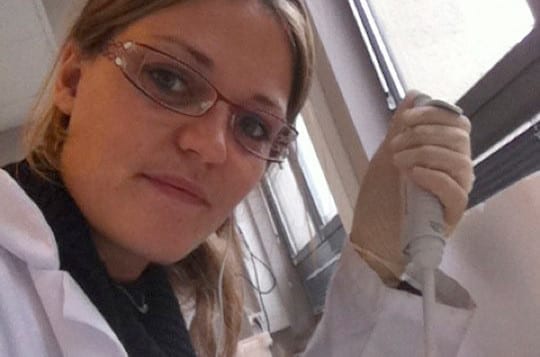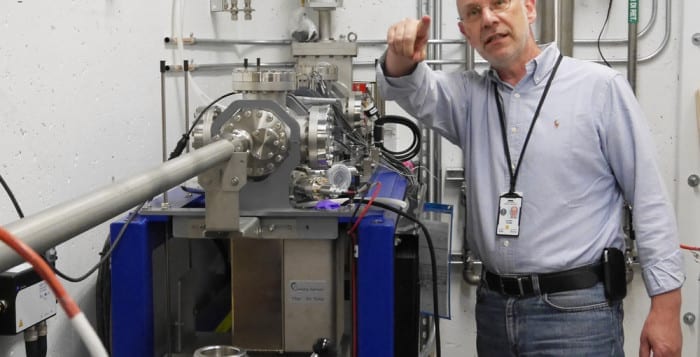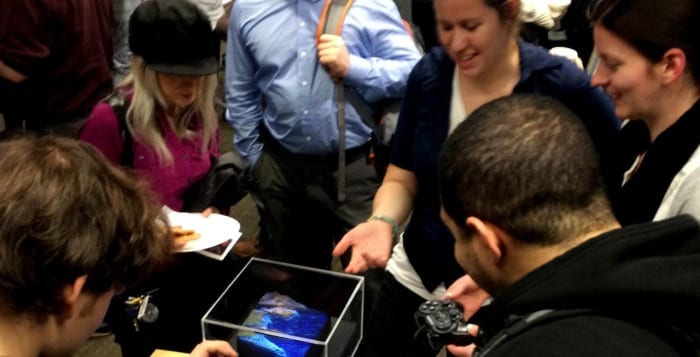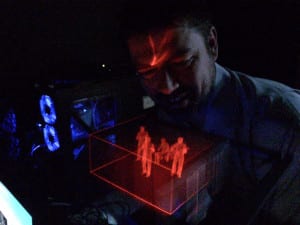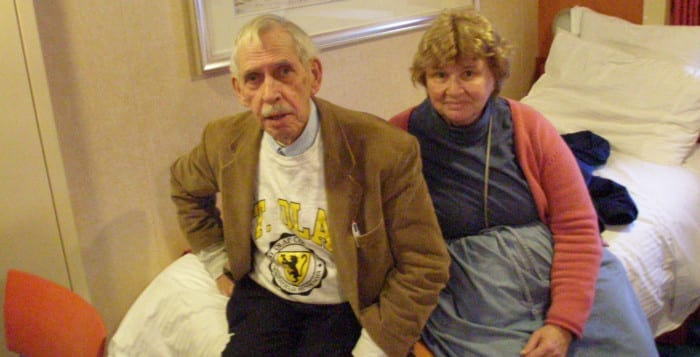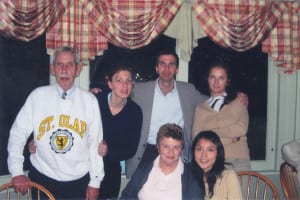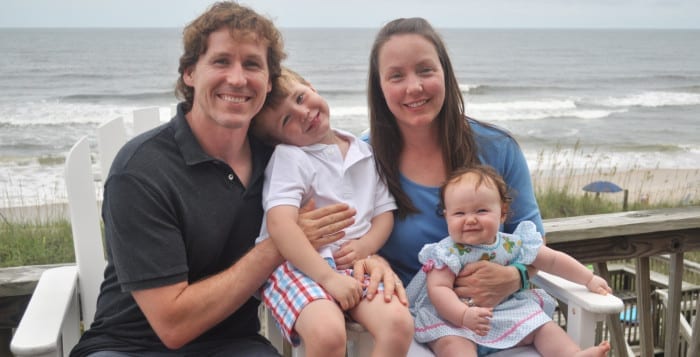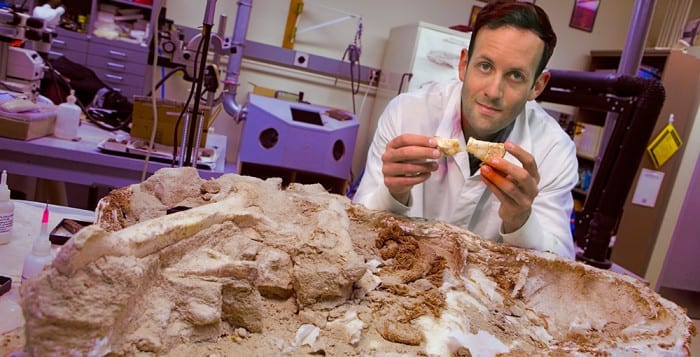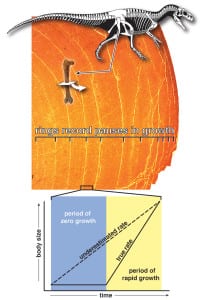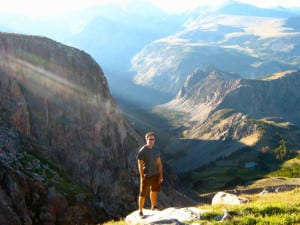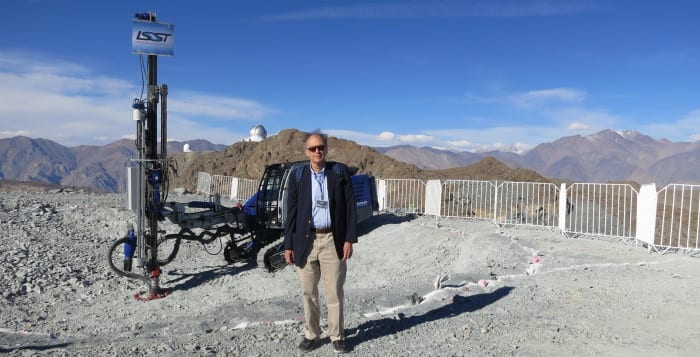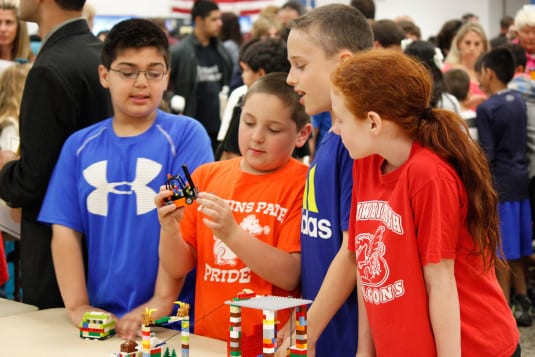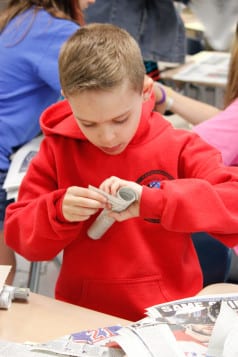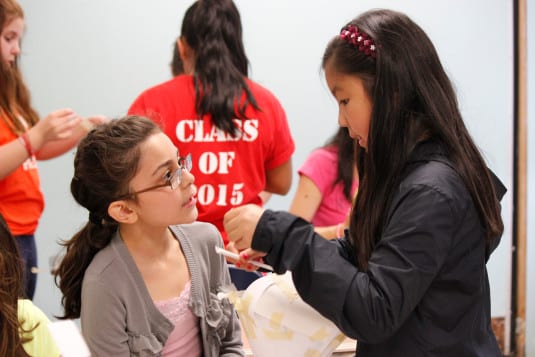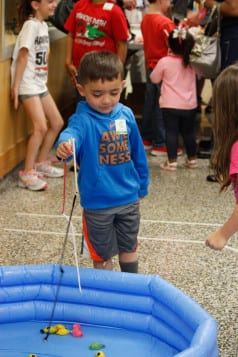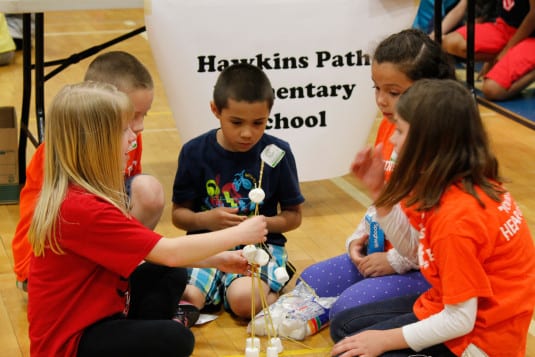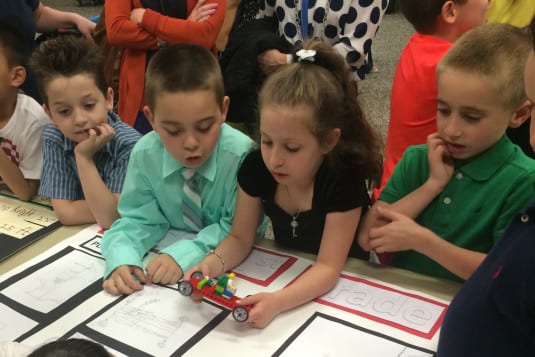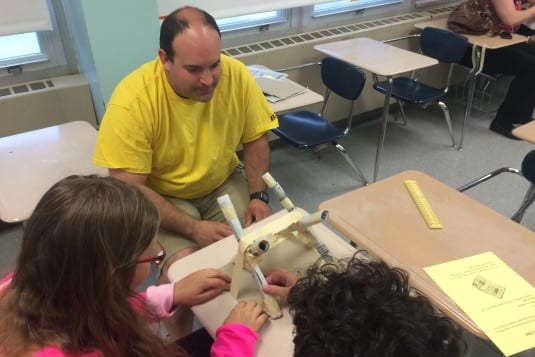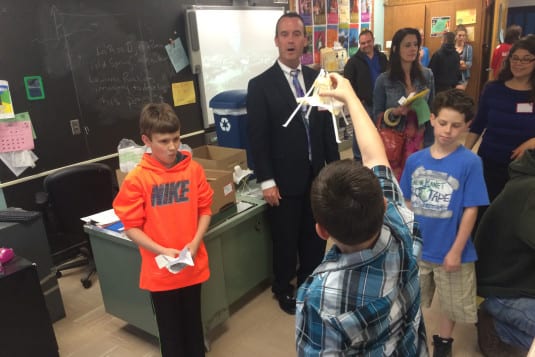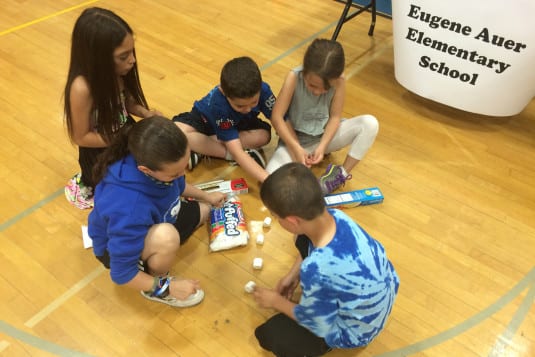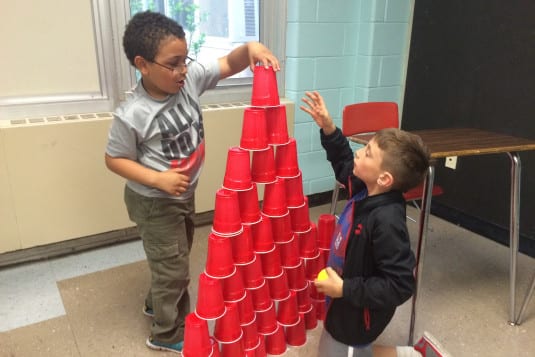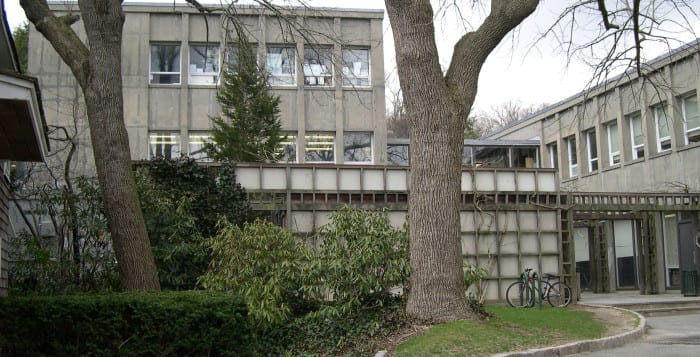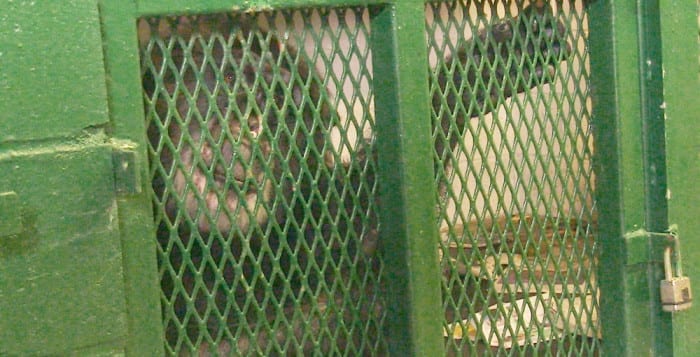Mind control may not be unique to scriptwriters, hypnotists or even, as it turns out, humans. A parasitic wasp may have teamed up with a virus to turn an unsuspecting ladybug into a meal ticket and a sentry for its developing larva.
Wasps inject their larva into a ladybug where they turn the insect’s body fat into food for their young. When the larva extracts itself from the abdomen of the ladybug and spins a cocoon in which it pupates into an adult wasp, the ladybug remains in place on top of the cocoon, deterring predators by twitching.
These parasitized ladybugs often recover from the invasion, repairing the external and neurological damage.
Nolwenn M. Dheilly, who specializes in studying host-parasite interactions and is interested in the role of associated microorganisms, discovered the presence of the virus in this convoluted story of parasite and host.
Dheilly showed that the virus is transmitted to the ladybug during parasitism and the virus copies itself in the nervous system of the ladybug, whose immune system is suppressed during the invasion.
Dheilly, who will join Stony Brook University as an assistant professor in August from her native France, is part of a six-person multidepartment hire in genomics led by Bassem Allam, a professor at Stony Brook in the School of Atmospheric and Oceanic Sciences (SoMAS) and Jackie Collier, an associate professor at SoMAS.
“The search committee and my colleagues at SoMAS were impressed by the quality of [Dheilly’s] work and the forward thinking of her ideas,” explained Allam. She “brings state-of-the-art research tools to answer questions pertaining to the evolution of symbiotic associations.”
Lessons in middle school and high school biology classes often include a discussion of symbiotic relationships, which come in three different types: parasitism, like the wasp and the ladybug, mutualism, where both organisms benefit, and commensalism, where one benefits and the other neither benefits nor is harmed. Dheilly said the classification of symbiosis does not account for the inherent complexity in nature, where there is much more of a continuum from mutualism to parasitism.
Dheilly’s work suggests that other organisms, like the virus for the parasitic wasp, may affect the output of the infection.
“Many other parasites may use other microorganisms, including viruses, as partners,” Dheilly said. Many protozoan parasites, including human pathogens such as Plasmodium, are associated with viruses, she said. When a parasite infects its host, it can become co-infected with the virus.
“It remains to be demonstrated if these viruses are used as biological weapons,” Dheilly said.
To be sure, in the case of the wasp, the ladybug and the virus, Dheilly cautioned that other studies are necessary before completing a relationship diagram that specifies the way the virus and wasp might work together during parasitism.
“Many complementary studies are now necessary to demonstrate who between the wasp and the virus” is responsible for the particular effect on the ladybug,” she said. “We believe that the virus alone would be eliminated by the [ladybug’s] immune system and wouldn’t be able to induce the paralysis. We have no idea if the parasitoid wasp would be able to infect the [ladybug] without its associated virus.”
When Dheilly arrives on Aug. 12, she and Allam plan to work together to study disease susceptibility in oysters. They would like to study the role of mucosal secretions in early host-symbiont interactions.
Dheilly attributes some of her interest in marine science to her upbringing in Brest, Brittany, in northwestern France, which, she said, is much like Long Island. When she was young, Dheilly competed in windsurfing competitions and, later, worked for several summers as a windsurfing instructor. In her windsurfing days, Dheilly was the only girl at most competitions. Her windsurfing experience “made sure I had the right personality to be involved in an environment surrounded by men and not feeling as if I didn’t fit in.”
Dheilly explained that understanding viruses and microorganisms extends beyond the world of invertebrates.
“The co-evolution of host and parasites with microorganisms is applicable to any biological system, including humans,” she said. Even though she will focus most of her work at Stony Brook on marine organisms, she said she “would be happy to collaborate with researchers in other fields to verify my hypotheses.”

